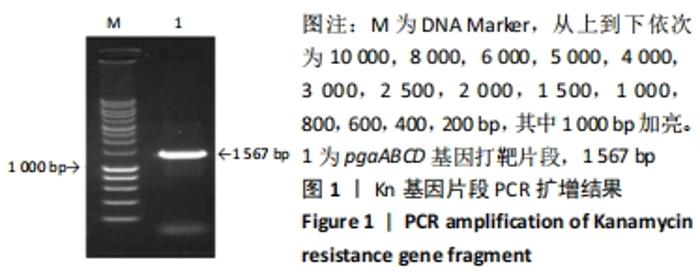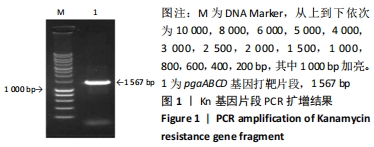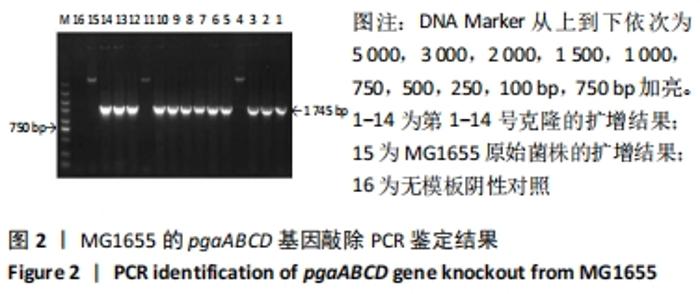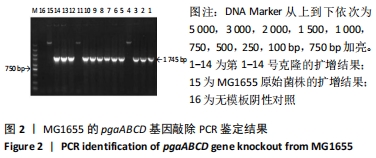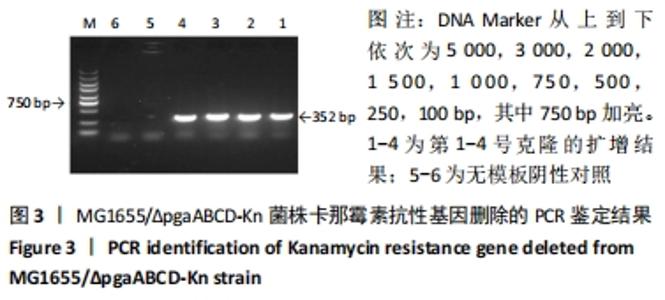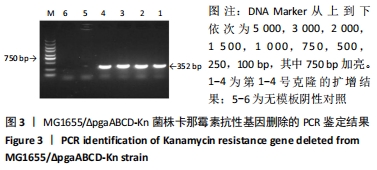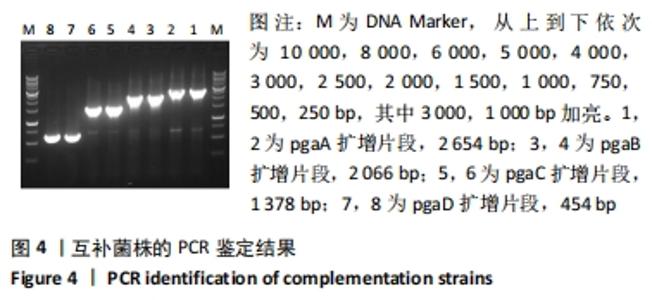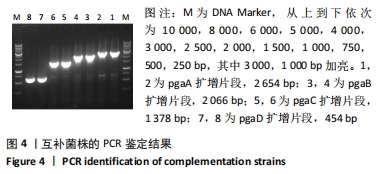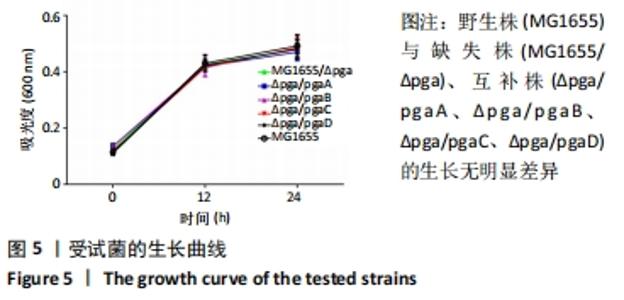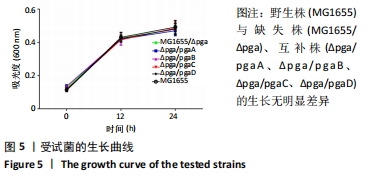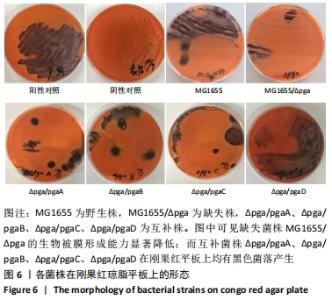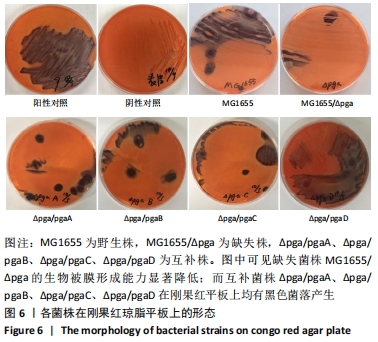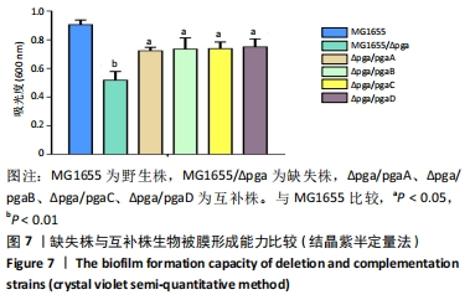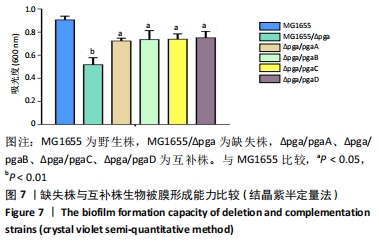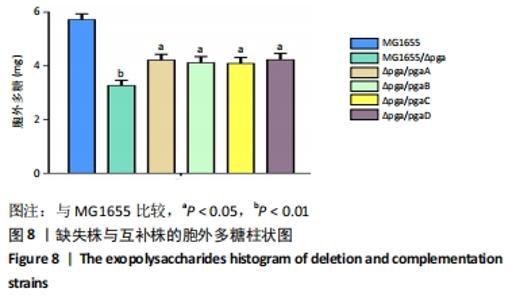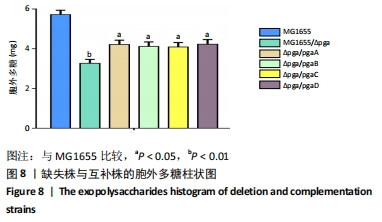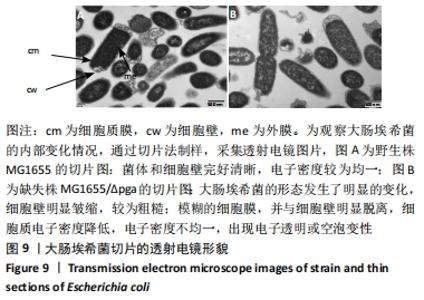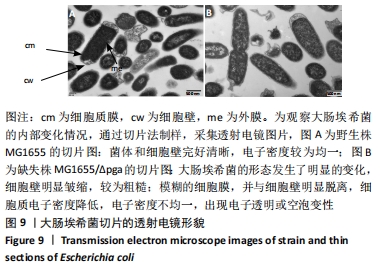[1] 李翠翠,胡同平,张利霞. 2017-2018年包头地区耐喹诺酮大肠埃希菌临床分离株的耐药特征与机制分析[J]. 中华医院感染学杂志, 2021,31(4):518-524.
[2] 杨子林,陈键.大肠埃希菌在老年病房的分布及耐药性变迁[J].中国社区医师,2020,36(31):92-93+96.
[3] 胡付品,郭燕,朱德妹,等. 2018年CHINET中国细菌耐药性监测[J].中国感染与化疗杂志,2020,20(1):1-10.
[4] 胡付品,郭燕,朱德妹,等. 2019年CHINET中国细菌耐药性监测[J].中国感染与化疗杂志,2020,20(3):233-243.
[5] 张青, 马慧娜. 大肠埃希菌生物被膜形成与耐药机制的研究进展[J]. 中国抗生素杂志,2018,43(5):497-501.
[6] WANG G, ZHAO G, CHAO X, et al. The characteristic of virulence, biofilm and antibiotic resistance of Klebsiellapneumoniae. Int J Environ Res Public Health. 2020;17(17):6278-6287.
[7] BHATIA E, BANERJEE R. Hybrid silver-gold nanoparticles suppress drug resistant polymicrobial biofilm formation and intracellular infection. J Mater Chem B. 2020;8(22):4890-4898.
[8] BALAN B,DHAULANIYA AS,VARMA DA,et al. Microbialbiofilmecology, in silico study ofquorumsensingreceptor-ligand interactions andbiofilmmediated bioremediation. Arch Microbiol. 2021;203(1):13-30.
[9] PÜNING C, SU Y, LU X, et al.Molecular mechanisms of Campylobacter biofilm formation and quorum sensing. Curr Top Microbiol Immunol. 2021;431:293-319.
[10] GONG HY, HE LJ, ZHAO ZL, et al. The specific effect of (R)-(+)-pulegone on growth and biofilm formation in multi-drug resistant Escherichia coli and molecular mechanisms underlying the expression of pgaABCD genes. Biomed Pharmacother. 2021;134:111149.
[11] KANG J, LI Q, LIU L, et al. The specific effect of gallic acid on Escherichia coli biofilm formation by regulating pgaABCD genes expression. Appl Microbiol Biotechnol. 2018;102(4):1837-1846.
[12] KRÓL JE. Regulatory loop between the CsrA system and NhaR, a high salt/high pH regulator. PLoS One. 2018;13(12):e0209554.
[13] TANG Y, ZHU ZY, PAN LC, et al. Structure analysis and anti-fatigue activity of a polysaccharide from Lepidiummeyenii Walp. Nat Prod Res. 2019,33(17):2480-2489.
[14] 宋朝霞,范玲,李鹏,等.一株纤维素酶高产细菌的筛选及鉴定[J].河南工程学院学报(自然科学版),2018,30(4):76-81.
[15] NARAYANAN KB, PARK GT, HAN SS. Manuscript title: Biocompatible, antibacterial, polymeric hydrogels active against multidrug-resistant Staphylococcus aureus strains for food packaging applications. Food Control. 2020;123(Suppl 1):107695.
[16] LI X, LIU Y, WANG Y, et al. Resistance risk induced by quorum sensing inhibitors and their combined use with antibiotics: Mechanism and its relationship with toxicity. Chemosphere. 2021;265:129153.
[17] SUN T, LI XD, HONG J, et al. Inhibitory effect of two traditional Chinese medicine monomers, berberine and matrine, on the quorum sensing system of antimicrobial-resistant Escherichia coli. Front Microbiol. 2019;10:2584.
[18] TORRES-CERNA CE, MORALES JA, HERNANDEZ-VARGAS EA. Modeling quorum sensing dynamics and interference on Escherichia coli. Front Microbiol. 2019;10:1835.
|
